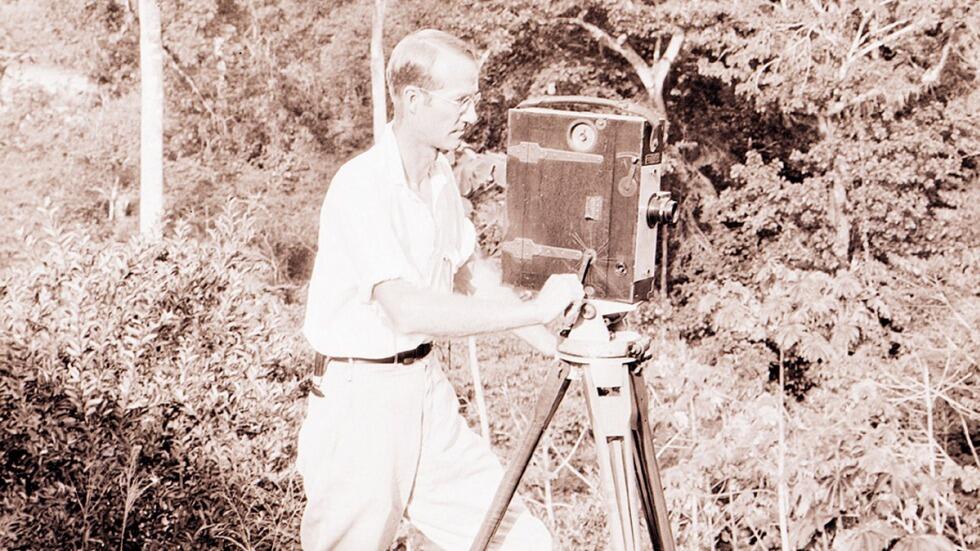Chapter 2: Brief History
Botany appears to have had originated as far back as the Stone Age. Early man's interest may have been simply to learn what different herbs and plants could be used as food. This could be seen as an early and basic form of plant classification, grouping them as edible and inedible. Written manuals for the use of herbs in medicine existed as far back as 3000 BC in Mesopotamia and China. While the Egyptians also wrote much on the medicinal uses of plants the study of botany, the earliest written botanical information that we possess today came from the Greeks.
The term "botany" itself probably came from the Greek words botanikos (botanical) and botane (plant or herb). The Greek philosopher Aristotle collected information about plants but it was really his student Theophrastus [371-286 B.C.] who inherited his teacher's library and began to devise more complex systems of plant classification. He is sometimes referred to as the "Father of Botany."
Plants were exchanged and studied in early cultures, but it wasn't until Columbus began his voyages in 1492 that we have record of the interchange of plants between the Eastern and Western Hemispheres. Columbus left Spain to search for new routes and sources for importing spices from the East. He returned from his voyages with corn and other crop plants including capsicum peppers, orange, lemon, and lime seeds. He also brought products to the countries he visited. He introduced sugar cane to Santo Domingo and cucumbers and other vegetables from Europe to Haiti. This, in effect, doubled the food crop resources available to peoples on both sides of the Atlantic.
In 1603 Adriaan van de Spiegel (1578-1625) published instructions on producing dried herbarium specimens in Isagoges in Rem Herbarium. This was a new technique that had come into practice during the previous 50 years. The collecting, exchange, archiving, and study of pressed, dried plants mounted on sheets of paper engendered a quiet revolution in taxonomy, floristics, and systematics. This advance was followed rather quickly by Gaspard Bauhin (1560-1624) who used a clear concept of genus and species in his botanical classification work. In 1623 he published his concept in the book Pinax Theatri Botanici which later influenced Carolus Linnaeus.
Linnaeus, who is often called the Father of Taxonomy, was one of the first botanists to embrace the practice of extensive travel for fieldwork. It is reported that between 1745 and 1792 nineteen of Linnaeus's students went of to distant lands to collect new plant specimens. Half of these students perished. Many died of fever, some were never heard from again and a few went insane.
Fieldwork took another giant step forward when, in 1768, James Cook set aboard the Endeavor on a scientific mission. With him were the young naturalists Joseph Banks and Daniel Charles Solander (a pupil of Linnaeus) as well as team of artists. In April 1770 the ship arrived in Botany Bay, so named because of the fabulous amount of new plants collected by Banks and Solander.
In the 19th century botanists began to travel to more and more remote locations. They traveled all over Africa, Asia, Antarctica, Australia, Europe, North America, and South America in their search of plants, animals, and minerals for agriculture and for medicine. This increased knowledge has helped us to "master" the living world.
